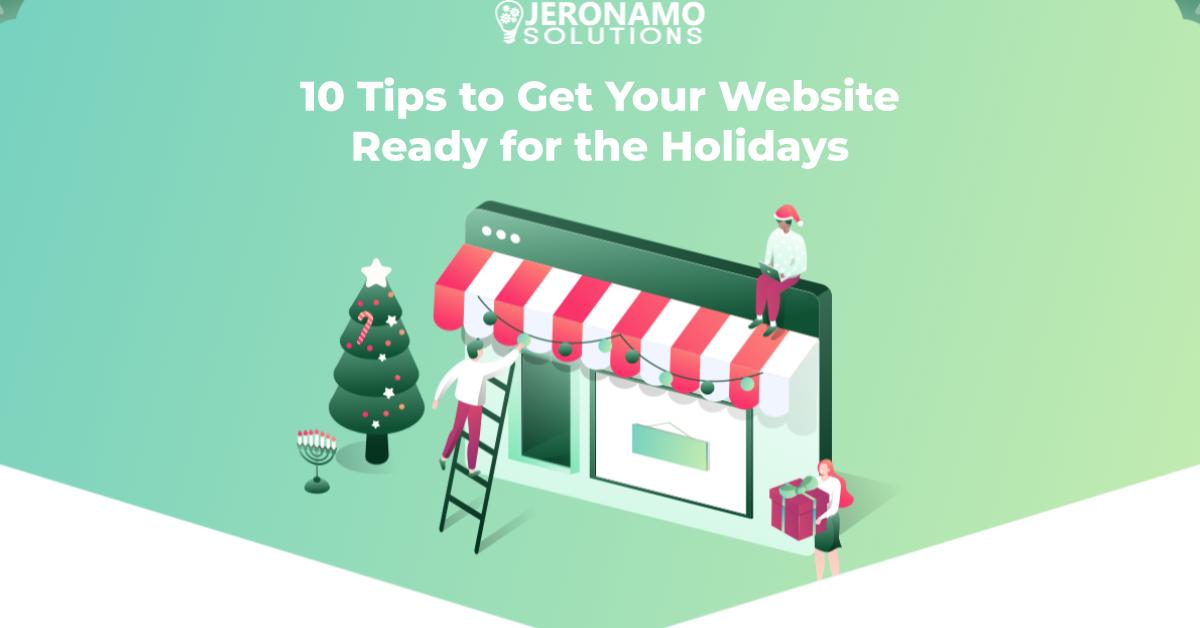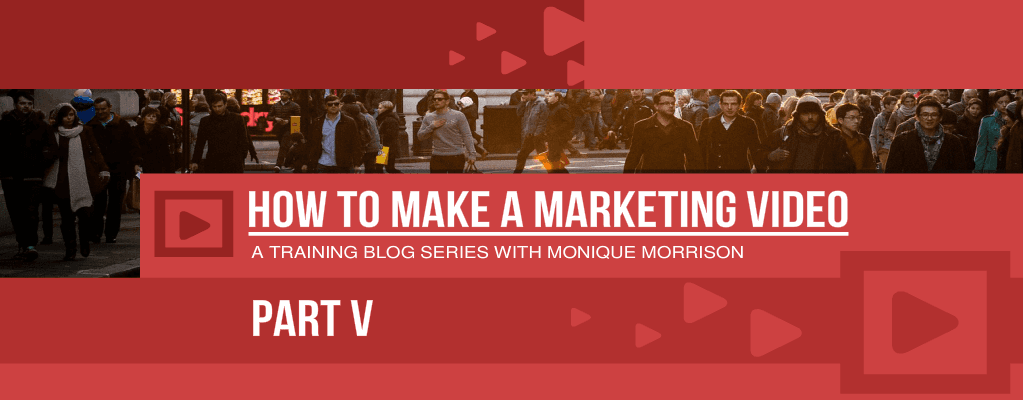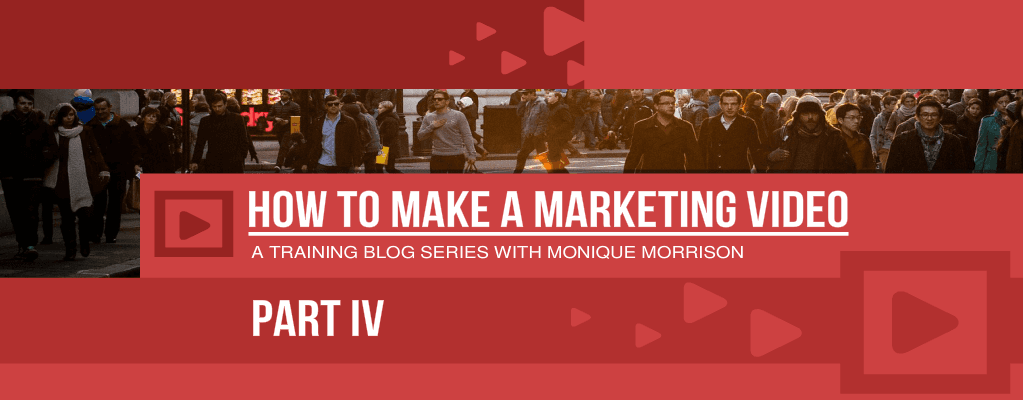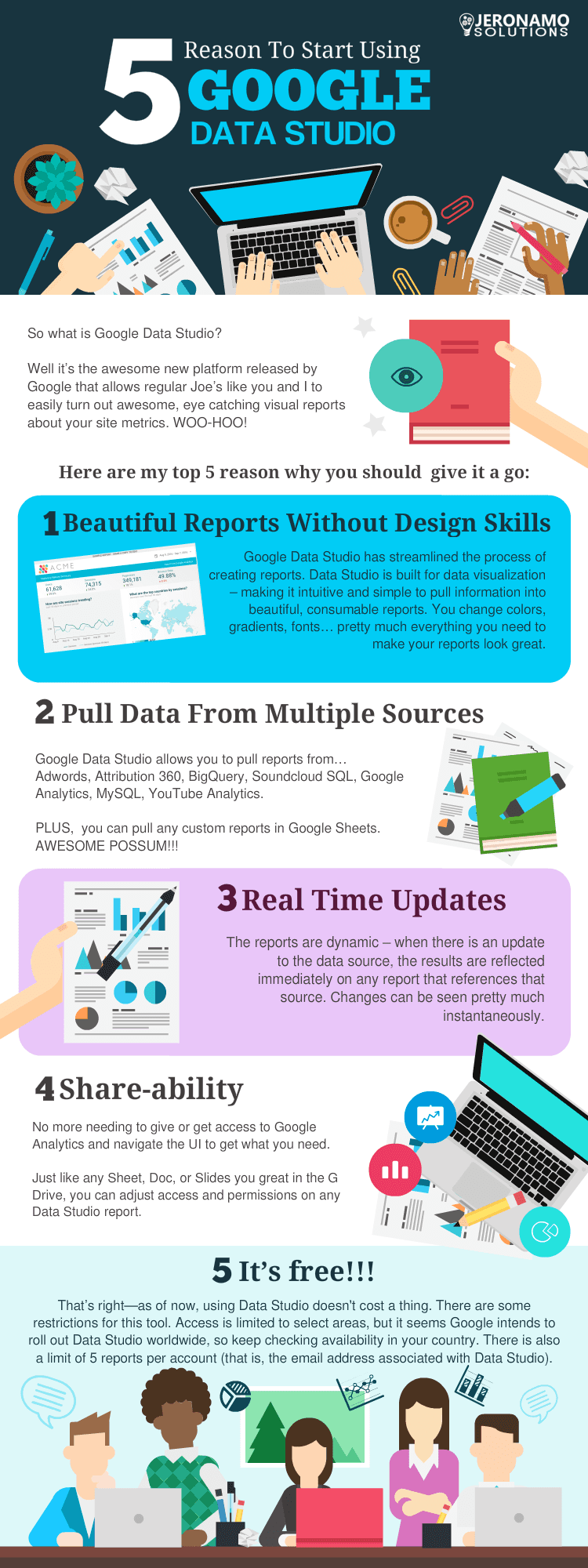BLOG
CREATIVE MARKETING BLOG
A friendly place to learn and ask questions.

By Amy Peltonen
•
19 Oct, 2021
For new eCommerce clients, we often get asked what online payment processor is best. While we encourage everyone to do their own research and find a platform that best meets their specific needs, we get that it can be quite overwhelming. So we’ve compiled this reference guide for the top payment processors that our clients use: Stripe, Square, PayPal, and MindBody.

By Jeremy Henderson
•
14 Sep, 2020
It’s never too early to start preparing for the holiday season. Considering how complicated 2020 has been so far, this is truer than ever this year. In an effort to make things a little easier, we've put together a list of tips to help you get ready for the rush, everything from setting up a blog schedule to optimizing digital marketing and creating a loyalty plan. Check out the infographic below or download the PDF to keep on hand.

18 Mar, 2020
We felt it necessary to touch base on the topic of the COVID-19 Pandemic. There's been big changes that we've all been going through due to the Coronavirus and it seems as though we will need to brace ourselves for even more. During this time our offices are closed but the team is working remotely and are here to help. We've been working non-stop with our clients to help them adjust and minimize losses. We’re built for digital (and seclusion) so are still able to keep campaigns pushing forward and the team is here for you if needed. With that said, we’re asking all marketing clients to maintain quick and open communication with us in the event of changes. Please use your dedicated email to get quicker support. From a business standpoint, when looking at the current landscape across the world and the increasing number of cases around the world and now even in our region, it’s apparent that local businesses need to prepare for a downturn in business. As an eternal optimist, I truly believe that this too shall pass. We always hope that it passes quickly but prepare for the event that it doesn’t. The silver lining to this is that it is an opportunity. The two major effects the coronavirus is having on local businesses is reducing foot traffic/onsite patrons and creating a reduction of available staff due to closures, self-isolation, and potential layoffs. I’ve seen this been happening for some time now. Since the onset of the digital economy. These changes in business started since what Google coined, "The Zero Moment of Truth". The repercussions local businesses are feeling due to COVID-19 are an acceleration of marketplace changes that we’ve been seeing for some time. eBay, Amazon and online commerce has been affecting the local business economy for some time but as a human race we have a different fight and my hope is that we have minimal casualties, both as people and businesses. Just as business owners learn to adapt to market changes so will your consumers. Their free time and extra dollars will adjust to spending more time at home and online. The length of the outbreak will determine the impact of these changes. The question I’ve been asking myself is, what can our business do to mitigate the impact of this now and into the future? As a "digital first" marketing agency, the work we do and consult on is right in the thick of where most businesses may need to adapt. As company whose primary role is to help local businesses find success, we have a lot of experience and value to share on how your business can adjust during this difficult time. In order to help as many local businesses as we can, we are putting on a webinar that everyone can attend free that will talk about all of the ways your business can adapt during this time of crisis. What we’ll cover: A look at market changes and how this will affect the local business landscape How businesses can adjust their processes to adapt to a digital economy and a remote team An overview by industry on ways to adapt your services offerings and what that transition may look like both financially and logistically How to make it through an economic downturn WITHOUT having to discount your prices all the time ASK ME ANYTHING roundtable where you can submit your local business industry that wasn’t covered and we’ll spit-fire solutions for you Both Jer and I are going to be on the webinar tonight and will be about 45 minutes. Everyone registered will also receive the replay along with all of the assets we share during the presentation. Register here: https://www.bigmarker.com/success-with-digital/How-Local-Businesses-Can-Adapt-to-COVID-19-Mitigate-Loss Please forward this to anyone you know that may benefit from this. Thanks and stay safe, Monique

By Jeremy Henderson
•
14 Nov, 2017
Email marketing is one of the most effective ways to grow a business. Unfortunately, most businesses that are collecting emails aren't effectively using them to their advantage. One of the biggest things that you can do to effectively use your email marketing list is to start off with a Welcome Email Series.

By Christine Campana
•
25 Feb, 2017
As a retailer, you might think that to market your products online, a website, social media, and some online ads are all you need. Well, if you haven’t tried online videos, you should definitely experience this effective form of online marketing. Online videos have been so successful at getting customers to purchase products online that retail giants have started using them to increase sales and conversions. What are some examples of retailers that use videos? Major British retailer Marks and Spencer features videos on their product pages. For instance, a shopper that visits the page of their latest blue cardigan will see a video that shows a lady wearing that piece of clothing. This aids customer decision-making and ultimately leads to increased sales. Ariat, an American equestrian footwear manufacturer, also has videos on their product pages. A buyer who looks at their boots online will find how-to videos of how to properly wear and clean boots. These helpful, informative videos lead to a high conversion rate for the company. Zappos, an online shoe and clothing shop, has a similar experience with their online videos, as pages with product videos show an increase in sales ranging from 6% to 30%. Why are online videos so effective for retailers? Videos make use of visual and auditory effects to present brand messages in a way that is easy for customers to understand and relate to. A well-executed video can be used to connect with customers through facial expression, body language, imagery, and music. In essence, they help customers “experience” a product in a way that pictures and words don’t allow for. Through videos, retailers can also reach new and existing customers by providing them information they're searching for. It is for these reasons that studies related to video marketing show that 80% of consumers are more likely to purchase a product after watching its video. What are some types of videos I can use for my business? While video commercials and advertisements are the norm, other more informative and subtle formats can be used to better connect with customers: Product videos are perfect for educating customers about products. They can paint a picture of how great a product is and convince customers to purchase it. They also save customers time and money by helping them decide whether or not a product is right for them. How-to videos, on the other hand, give tips and guidelines of how customers can use, fix, or clean a product. They are quite helpful and informative, and can be used to increase awareness and build brand loyalty. Shoppable videos allow customers to buy products directly from the video, instead of the video leading customers to the company website to make their purchase. Some companies that have chosen to add this new dimension to their online marketing experience include Debenhams, Gucci, and Ben Sherman. Video marketing is on the rise and appears to be here to stay; in fact, videos have been dubbed as “the future of content/online marketing.” With more people watching videos and their capacity to demonstrate products in such a fun way, it makes sense for retailers to get on board with this trend and make some videos to showcase their merchandise. For some free tips on creating your own video, click here . If you’d like to speak to us about your next project, please contact us .

By Jeremy Henderson
•
17 Dec, 2016
Okay, let’s get right to the chase. I'm not a fan of Like and Share campaigns. *GASP* Yes, there I said it and I mean it. I am not a fan of Like and Share campaigns. Wondering why? Well pull up a seat and please take the next five minutes of your life to let me tell you.

By Jeremy Henderson
•
06 Sep, 2016
With your video edited, the final stage of making a marketing video is deciding how to distribute it. No one platform is best for all videos; instead, you should choose the distribution method that best suits your target audience. Because of the abundance of websites for uploading videos, the selection may seem daunting, but fret not; here is a guide to the primary choices available right now: 1. YouTube The web titan is obviously the first thing that comes to mind. It boasts the highest number of viewers, as well as videos uploaded, and is undoubtedly the most popular video destination in the world. Uploading videos on YouTube is free and very simple, so it’s certainly a cost effective way to go. What's more, YouTube is owned by Google, so you are assured of its quality and features and perhaps even an influence in their search engine. YouTube channels also enable users to generate a fan-base and provide useful statistics. Lastly, YouTube allows ads and links to be placed on your videos. On the other hand, because of YouTube's large domain, your video might get lost amidst the millions of videos uploaded regularly. This means that your chances of standing out on this venue are not very high. YouTube is also infamous for the notorious comments left by viewers, and some businesses do not want to associate themselves with this. Nevertheless, because of its dominant standing, posting marketing videos on YouTube is almost obligatory. To expand your horizon though, you may cross-post in another portal and your website. 2. Vimeo Vimeo is more selective with the videos they allow to be posted. The website shies away from television clips, video game footage, and music videos, and focuses on art and quality videos. This narrowed content aids in building a community that shares common interests and paves the way to creating long-term relationships with a common audience. The guidelines of Vimeo also strictly prohibit personal attacks and insults, so unlike with YouTube, there is almost no possibility of receiving crass comments. On the flip side, the focused content and numerous restrictions, including not allowing commercial content, might prevent your video from even being posted here. Also, because of their smaller audience, your video might not easily find viewership. Lastly, only the basic account, which allows 500MB of upload, is free; beyond that, you have to pay. 3. Metacafe Metacafe promotes original, short-form video content, but they do get 40 million visitors monthly. Because of the short content (a Metacafe video averages only 90 seconds), full-length movies, television episodes, and news stories are not allowed. They're not as strict as Vimeo though; any kind of user is allowed to sign up, and the community of users can pretty much use the site how they want. The highest rated videos also get a cash reward, and they have a zero tolerance policy for defamatory material and comments. The downside of this site is its content limitation, both in length and genre. They also seem to focus more on video game content. Plus, compared to YouTube, their audience size is still relatively small. These are just a few of the video platforms you can use. Remember, don’t limit your video’s audience by posting it in only one place. Make sure you also include your video on your website, as well as spread the word about your video through social media sites like Facebook and Twitter. That’s it for the How to Make a Video blog series. We hope you found the tips useful and go on to make a viral video featuring your brand. If you have any questions or comments, feel free to leave them below. And, of course, if you’d like to meet with us, contact us and we’d be happy to work with you to create a video that makes sense for your brand and audience.

By Christine Campana
•
06 Sep, 2016
Even though the filming is done, the project is not yet over. Post-production in video marketing is all about putting everything together and coming up with an end product that demonstrates your message and meets your business goals. Editing the Picture Editing the video should be done in an organized manner, since it is a time consuming and quite laborious process. The first step of editing is importing raw footage from the camera and converting it to appropriate files for the computer. Always make sure that you create a back-up file of such footage for safety purposes. Then arrange the takes roughly into place. There are layers and layers of videos that should be gathered and brought together, not to mention trimmed and properly paced. These will include stock footage, retakes, talking heads, and even B-rolls (shots that do not focus on your primary subject). The painstaking task of frame-by-frame editing requires more than creativity and skill; the editing professional should have the utmost patience. Incorporating Music and/or Voice over To improve the overall viewer experience of your video, you should incorporate the appropriate music. Adding music to the video will make it more interesting, but you should make sure to pick the tune meticulously. If the budget permits, you can use an original track custom-made for your video. Of course, the alternative is to choose stock music. If this is what you decide to do, make sure that copyrights have been secured to avoid infringement issues. Not all videos require a soundtrack; if you do use one though, just make sure it highlights the theme of your video. If the video content calls for a voiceover or dubbing, getting professional talent is a great choice. The voiceover could set the tone for the rest of the video, so, if you can, hire professional voiceover talents to do the job. Lastly, the use of sound effects is optional, but adding them astutely could make the audience more engaged in the video's message. Extra Steps Aside from editing and the addition of music, finalizing the video also entails adding titles and credits, color correction, and the use of graphics and/or special effects. Try to keep the video no longer than a minute to keep in step with the maximum attention span of viewers. It is also advisable to introduce the company name within the first 30 seconds of the video. The video footage should be edited into a draft and reviewed before finalizing. Make sure that the person in charge of editing is familiar, or better yet, an expert in using the editing software. Stitching together raw footage into not only a comprehensible story, but a perfectly executed marketing strategy, is a significant step. If executed correctly, you’ll produce an attention-grabbing and crowd-pleasing video that delivers the intended value or call to action. Once you've created a video you're proud of, it's time to share it with the world. Learn more.
Interested in starting a project? Book a Consultation.
We'll talk about your business, its history, and goals. We'll get to know what you're hoping to achieve and your struggles. Next, we'll talk about potential solutions and how we can help you reach your goals.
Quick Links
Contact Us
Join the Newsletter
Thank you for contacting us.
We will get back to you as soon as possible
We will get back to you as soon as possible
Oops, there was an error sending your message.
Please try again later
Please try again later
© 2024
All Rights Reserved | Jeronamo Solutions


